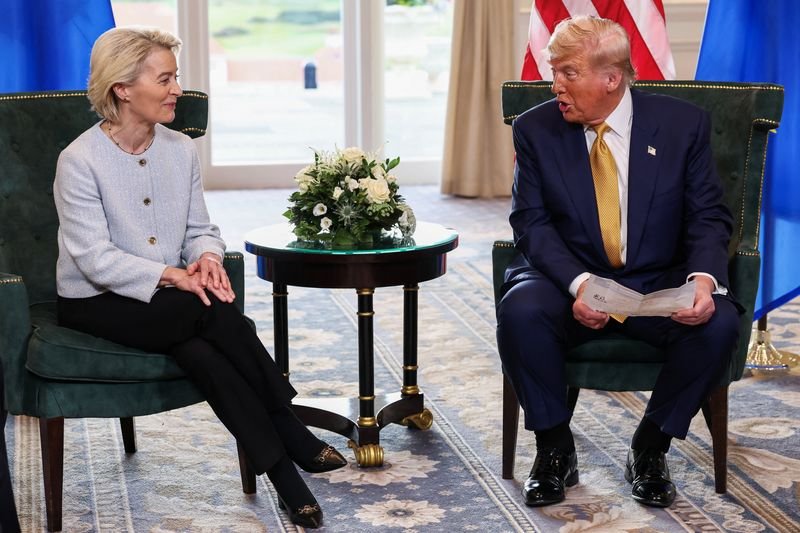Reaction to US and EU Trade Agreement
The recent trade agreement between the United States and the European Union has sparked vibrant discussions across various sectors. As economic partners, the implications of this deal extend far beyond mere tariffs and regulations.
Overview of the Trade Agreement
The US-EU trade agreement aims to enhance transatlantic commerce by eliminating certain trade barriers and promoting collaboration in various industries. This partnership is anticipated to streamline processes, foster innovation, and strengthen supply chains.
Key Components of the Agreement
One of the agreement’s primary focuses is to reduce tariffs and simplify trade regulations. This reduction is designed to facilitate easier access for businesses operating in both regions. Additionally, the pact emphasizes cooperation in the sectors of technology, energy, and environmental protection.
Tariff Reductions
Lowering tariffs is expected to provide immediate benefits for exporters and importers alike. By decreasing the costs associated with cross-border trade, businesses will be better positioned to offer competitive prices in the marketplace.
Collaboration in Technology
The agreement also prioritizes collaboration in technology and innovation. This aims to bolster research and development initiatives, paving the way for groundbreaking advancements. By sharing knowledge and resources, both regions hope to enhance their competitive edge on a global scale.
Environmental Commitments
In addressing climate change, the trade deal includes commitments to sustainable practices. Both the US and the EU have agreed to cooperate on environmental regulations, focusing on greener technologies and practices. This not only contributes to a healthier planet but also opens doors for innovative green businesses.
Economic Impact
The economic implications of the US-EU trade agreement are considerable. By promoting trade, the deal is expected to stimulate economic growth on both sides of the Atlantic. Enhanced trade relations can lead to more job opportunities, increased investment, and higher consumer spending.
Job Creation
With a broadened market access, businesses are likely to expand operations, which could lead to job creation. This is particularly relevant in industries such as manufacturing, where the ability to reach a wider audience can drive expansion.
Investment Opportunities
As barriers are reduced, foreign investment is expected to increase. Investors will find both markets more attractive, leading to a potential influx of capital in various sectors. This investment is crucial for long-term growth and stability in the global economy.
Challenges Ahead
Despite the potential benefits, challenges remain. Political sentiments in both regions could influence the successful implementation of the agreement. Additionally, differences in regulatory standards may pose hurdles that need to be navigated carefully.
Political Landscape
The political climate in both the US and the EU may affect how the agreement is perceived and implemented. Stakeholders, including businesses and government entities, must work together to ensure that the agreement is upheld and progresses smoothly.
Regulatory Hurdles
Variation in regulations can create obstacles for businesses. To fully capitalize on the trade deal, both regions must engage in dialogue to align their standards. This alignment is crucial for avoiding confusion and ensuring compliance.
Looking Forward
The US-EU trade deal represents a significant step toward stronger economic ties. As both regions work towards mutual goals, the focus will remain on enhancing trade efficiency and promoting sustainable practices. With thoughtful collaboration, the agreement has the potential to reshape the economic landscape for years to come, benefiting both American and European businesses alike.
In navigating this new partnership, stakeholders must remain vigilant about the dynamics of global trade. The future of the US-EU relationship hinges on effective communication and mutual respect, ensuring that the benefits of the trade agreement are felt on both sides.
